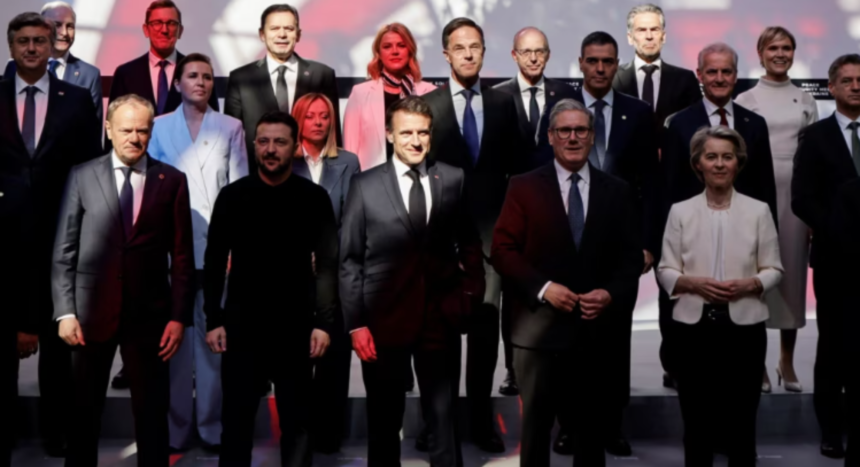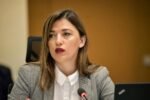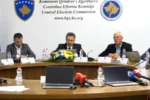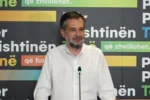Another week full of military planning and diplomacy will once again highlight the divisions between the United States and its European allies regarding the policy toward Ukraine, with two key back-to-back meetings at NATO’s headquarters in Brussels.
The US will be absent from the first meeting and is expected to have little involvement in the second one as European countries aim to move forward with their own plans.
The first meeting, on April 10, will gather defense ministers from the so-called “coalition of willing countries,” which includes nations outside Europe such as Canada and Australia.
This coalition of 30 states was formed in early March after a heated confrontation between US President Donald Trump and Ukrainian President Volodymyr Zelenskyy at the White House. One of the main objectives of this coalition is to form a military force to be deployed in Ukraine after a ceasefire or peace agreement.
However, a major issue for the creation of this force is the lack of support from the US. Many countries, including the UK, have stated that this would only be possible with a “guarantee from the US,” meaning support in airpower, logistics, and intelligence.
So far, there have been no clear signals from the US that it will take on this role.
Former NATO commander in Europe, Philip Breedlove, told Radio Free Europe that he did not believe there was political will in Washington to do this but emphasized that Europe should move forward with its plans regardless.
“If Mr. Putin sees a large coalition of willing countries, including Britain, France, and Germany, he will think twice,” he said.
It is still unclear whether Germany will participate in any military presence in Ukraine, as the country is in a political transition period after February’s elections and is in the process of forming a new government.
The UK and France are leading the coalition, promising military support for the mission, and will host the April 10 meeting.
“I think Europe can do this on its own,” said Breedlove.
“The Russian army is exhausted. It urgently needs a peace period to reorganize and rearm. It would be the greatest gift we could give Russia, by allowing it to rebuild,” he added.
His statements align with those of former US army commander in Europe, Ben Hodges, who last month told RFE that European forces had “well-equipped men and women” who could handle the task without US involvement.
Nevertheless, US involvement remains a key issue on the agenda.
“Europeans need to convince Trump to support this idea,” said Jamie Shea, a former senior NATO official.
“It is clear that this will be a small force, not on the front lines… but the big question is: Will this force ever be deployed if there is no peace and the war continues?” he added.
A day after the talks of the willing coalition, transatlantic divisions will once again come to light at the Ukraine Defense Contact Group meeting, which was created in 2022 by former US Secretary of Defense, Lloyd Austin.
Austin led these meetings, which aimed to coordinate military aid to Ukraine following Russia’s full-scale aggression. But his successor, Pete Hegseth, is expected to bypass the meeting. A Pentagon statement on April 4 said he would travel to Panama.
“European leaders must take primary responsibility for the defense of the continent,” Hegseth said in February.
“Values are important, but you can’t shoot with values. You can’t shoot with flags or tough speeches. There’s no substitute for real military power,” he added, urging Europe to increase its defense spending.
Hegseth made these comments a day after participating, but not leading, the last Contact Group meeting.
“Hegseth’s absence means that the US will not announce any new aid package,” said former NATO official Shea.
“The US is likely still linking aid to the outcome of negotiations for a mineral agreement with Ukraine.
“I consider Secretary Hegseth a friend, but I think it’s a big mistake for him not to attend,” said Breedlove.
“America must continue to show leadership in Europe,” he added.







